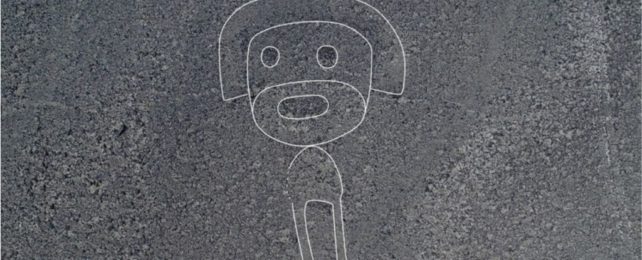The Nazca desert in Peru is like an art gallery for the gods above. Yet even with decades of surveillance from the skies, we've barely explored a small wing of this fading collection of giants among the stones.
Last year, an archaeologist in Peru told The Guardian he thought scientists had found only 5 percent of all the Nazca lines out there in the desert. Researchers at Yamagata University in Japan are now working with local archaeologists to change that, and their latest haul of ancient lines nearly doubles the previous number of known designs.
Drone surveys and aerial images in southern Peru have now identified 168 new geoglyphs in the Nazca Lines World Heritage Site, with roughly 50 of these large-scale geographical drawings depicting human-like figures.
One of the humanoid illustrations even appears to be sporting a bit of facial hair, Homer Simpson-style.
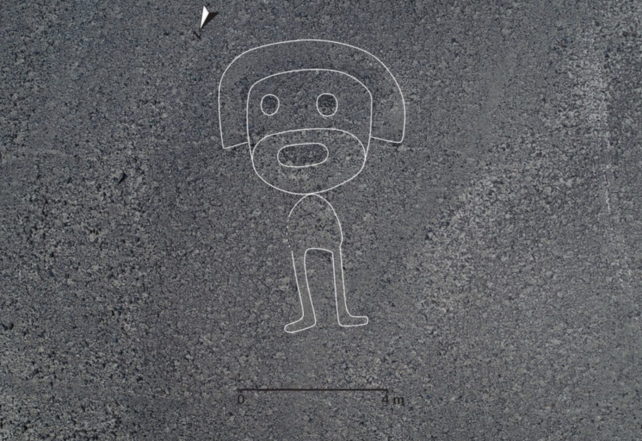
Some of the other designs etched into the landscape feature birds, orcas, cats, and snakes. A few are just simple lines or trapezoidal patterns.
It's hard to say when the designs were made, but clay pots found near the lines date back to a time between 100 BCE and 300 CE.
Many of the ancient illustrations are scratched into flat terrain, making them difficult to see from nearby vantage points. Because the lines were constructed through the removal of rocks and debris to reveal contrasting-colored soil beneath, erosion has only contributed to difficulties in their discovery.
Drones have become our celestial eyes in the skies. These flying devices have allowed experts to glimpse the Nazca Lines with more clarity than ever before.
Some of the information they are gathering is even being analyzed by artificial intelligence programs, which can pick out different patterns faster and more reliably than the human eye. In 2019, a new Nazca line design was actually discovered by AI.
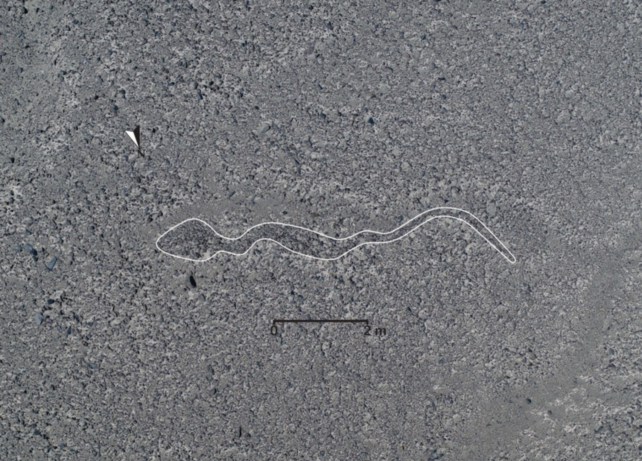
The Nazca lines are one of history's most intriguing mysteries, and even if archaeologists find more, it might not bring us any closer to understanding their purpose.
For some inexplicable reason, between 500 BCE and 500 CE, societies in southern Peru constructed simple lines, shapes, and figures across the landscape, many of which can only be seen in their entirety from directly above.
The lines have been interpreted in numerous ways over the decades, but the most common explanation is that they were meant for gods in the sky who were looking down on humans. Another popular theory suggests these figures and patterns were drawn for ritualistic astronomical purposes and were meant to somehow reflect the stars.
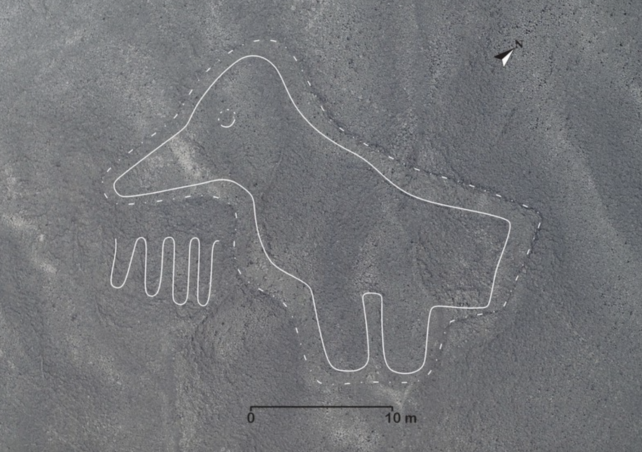
In 1994, when a part of the Nazca desert was designated a World Heritage Site, only about 30 'geoglyphs' had been found, and they were mostly of plants and animals.
As it turns out, that was just the tip of the iceberg. By 2019, archaeologists had found nearly 200 geoglyphs in total, several of which depicted humanoid figures.
With these latest additions uncovered by researchers from Yamagata University, the official number of known Nazca lines is now 358.
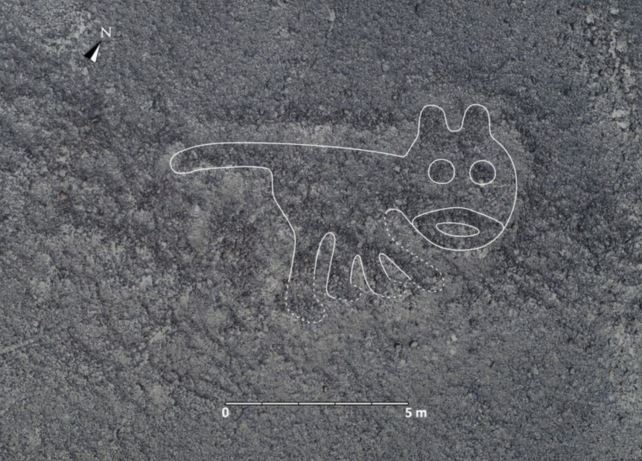
In all likelihood, there are still many more ancient artworks hiding out there in the desert.
With permission from the Peruvian Ministry of Culture, scientists at Yamagata have made it their mission to tally as many of these mysterious designs as they can. The team plans on mapping out the full length and width of the desert canvas along with the help of local archaeologists.
